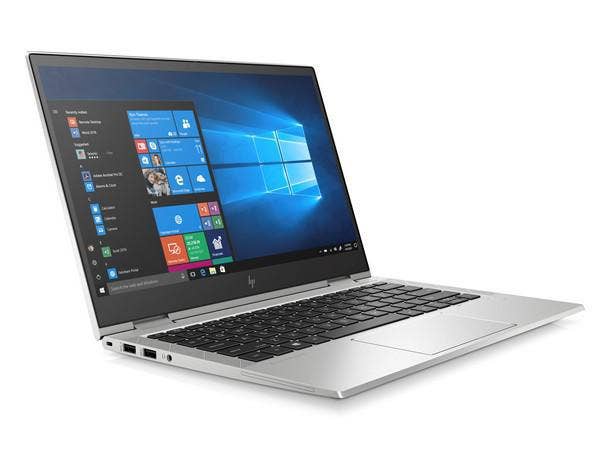HP CEO Lores: Big Demand Expected To Continue For Notebooks, Work-From-Home Printing
The segments are not expected to slow down any time soon with many businesses continuing to emphasize remote work, HP CEO Enrique Lores says.

HP Inc. saw "strong demand" in notebook PCs and work-from-home printing during its latest quarter as a result of the shift to remote work, and those segments are expected to see continued growth, HP CEO Enrique Lores said Wednesday.
"Both of them had very strong demand during the quarter," Lores said during a call with reporters and analysts, in response to a question from CRN. The growth came even as both categories saw impacts from supply chain disruptions in Asia, he said.
"As the work-from-home trend continues, we expect to continue to see those businesses performing well, especially in the medium and long term," Lores said.
[Related: HP CEO Lores On Boosting PC Supply And 3-D Printing Medical Parts For The Coronavirus Response]
The comments came as HP disclosed results for its second quarter of fiscal 2020, ended April 30. The quarter saw net revenue sink 11.2 percent from the same period a year earlier, to $12.47 billion, while GAAP diluted net earnings came in at 53 cents per share, above the company's previous range of 46 cents to 50 cents per share.
Unit sales of notebooks climbed 5 percent from the year-ago period during the quarter, HP reported. On Tuesday, HP unveiled an array of new commercial notebooks including nine EliteBook G7 laptops.
Executives said the company also has had a significant backlog of orders in its personal systems business that weren't able to be fulfilled in Q2 due to production constraints, caused by the manufacturing shutdowns in China and Southeast Asia from COVID-19.
"We are looking at addressing that during Q3, as now we have most of our manufacturing capacity back in place," Lores said. "We are monitoring the situation closely, especially from a component perspective, making sure that our suppliers have all the components that we need. But this is our goal--to close the backlog during Q3."
HP had already seen increased backlog in previous quarters as a result of the Intel CPU constraints, CFO Steve Fieler said during the call with reporters and analysts.
However, the current backlog is "higher than what we've seen" previously, Fieler said. "It is sizable, and it is heavy on notebooks."
HP reported that revenue in its personal systems business fell 7 percent, year-over-year, to $8.31 billion during its fiscal second quarter. However, the disclosure of PC backlog that is set to be filled during the current quarter is a positive sign, said Patrick Moorhead, president and principal analyst at Moor Insights and Strategy.
"I was pleased to see a 'sizable' notebook backlog that will be fulfilled in Q3 as the company reported that its supply chain stabilized early this month," Moorhead said in comments provided to CRN.
During HP's fiscal second quarter, revenue for its notebook business was flat year-over-year at $5.08 billion, while desktop PC revenue dropped 18 percent to $2.41 billion.
In print, while work-from-home printing was a bright spot during the quarter, Lores said, the company's commercial print business was "impacted by the fact that companies shut down and people were not working and therefore not printing in the office."
Q2 revenue for the print business declined 19-percent from the same quarter a year earlier, to $4.16 billion. Revenue from commercial print hardware plunged 31 percent to $808 million, while supplies revenue fell 15 percent to $2.84 billion. Still, subscriptions to HP's Instant Ink service surpassed 7 million, representing a "very significant increase," Lores said.
"This is actually going to help us to accelerate the strategy that we had in that category," he said.